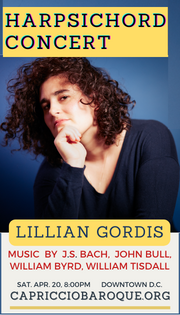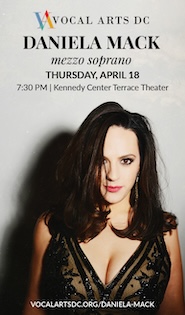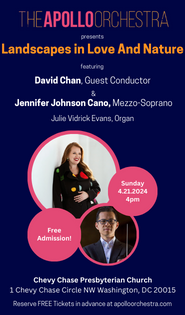König and Gluzman in fine form with Baltimore Symphony’s Parisian program
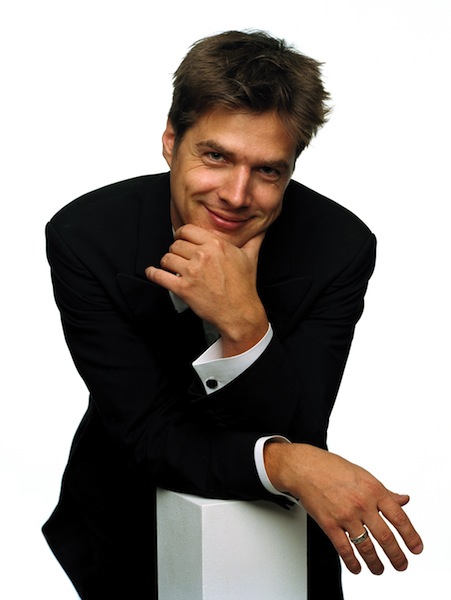
Christoph König conducted the Baltimore Symphony Orchestra Friday night ay Meyerhoff Symphony Hall.
Christoph König has made a guest appearance with the Baltimore Symphony Orchestra every other year since 2013. His third stand at the podium Friday night in Meyerhoff Symphony Hall, may make it a trend. The program of music associated with Paris between the World Wars was a pleasing mixture of serious and summer gala fare.
The imposing German conductor, born and trained in Dresden, likes his tempos fast, as with his 2015 concert with the BSO. In Ravel’s Le Tombeau de Couperin he set the percolating woodwinds of the “Prelude” on a rapid pace, his defined stick technique keeping them at it without wavering. There and in the brisk “Forlane” that followed, his careful balancing kept the strings velvety and the overall sound shimmering.
Oboe solos were especially fine, particularly in the breathless “Menuet,” and an impulsive, almost racing “Rigaudon” rounded out an interpretation focused on crunchy athleticism. König mollified his approach just slightly in the middle sections of some of the movements, allowing a moment to breathe. His defined handling of the music did lack some sense of Gallic lassitude, a dreaminess recalling the composer’s dedication of these movements to friends who had died in World War I.
König hit on that missing quality in the most beautiful moments of the concert, during the closing section of Olivier Messiaen’s Les offrandes oubliées. Written when the French composer was in his early 20s, the piece hints at his later style in the long-held notes of the meditative first section, devoted to the Cross in an expression of Messiaen’s strong Catholic faith. König gave crisp form to the middle “sin” movement, bringing out the crashing dissonances and loud drum strokes.
In the final movement, an evocation of the Eucharist, König gave an enveloping sense of timelessness into the performance. While still measured by his careful beat gestures, the music hovered weightlessly. The first violins, one of the prides of the BSO, floated on a limpid cloud, buoyed by a small number of second violins and violas, as the rest of the orchestra listened intently. The tone color, wavering with a rich vibrato, was something like a soft, trembling organ stop. Intensely beautiful, it slowly vanished into the upper registers and evaporated.
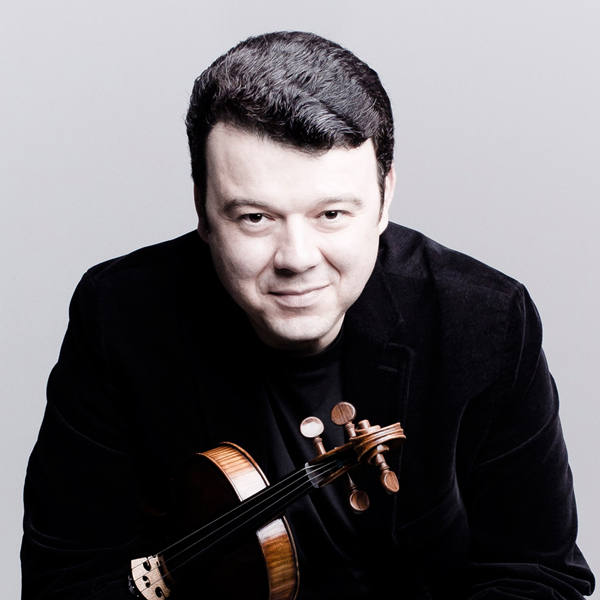
Vadim Gluzman. Photo: Marco Borggreve
After a curiously unsatisfying debut with the National Symphony Orchestra last year, Vadim Gluzman made his first appearance with the BSO in Prokofiev’s Violin Concerto No. 2. The violinist’s sweet tone featured exquisitely in the romantic second theme of the first movement, and the balletic second movement, akin in some ways to the neo-Baroque sounds of the Ravel piece earlier, was a highlight.
He had a strong partner in König, whose confidence in the many metric shifts of the outer movements helped guide the orchestra through with ease. Gluzman’s technical facility made for some bold and thrilling moments in the finale. The soloist’s intonation went awry at the top of the E string, at least partially because of a razor-sharp vibrato, but the drama of the playing was right on target. A warm ovation earned an even lovelier encore of the “Sarabande” movement from Bach’s Partita in D Minor.
The concession to summer programming came at the end with Gershwin’s An American in Paris, an “orchestral ballet” in tribute to the sounds of the French capital and the jazz-filled memories of home. König’s tempo choices again made the piece more frenetic than necessary, although the BSO responded with virtuosic playing of the first order. The blues-infused slow sections, animated by a slew of saxophones added to the orchestra, seemed more Teutonic efficiency than American ennui.
Inquiring minds may want to know about the taxi horns used in this performance. Michael Ferraguto, Principal Librarian of the Baltimore Symphony Orchestra, confirms that this program was chosen too early to benefit from the research of Mark Clague into the pitches sounded by the four authentic taxi horns Gershwin bought in Paris. As most orchestras have done for decades, the BSO used horns sounding on rising steps (usually on the pitches A, B, C, and D), and they added a charming touch of color to the evocation of the bustling streets of Paris.
The program will be repeated 8 p.m. Saturday in the Music Center at Strathmore and 3 p.m. Sunday at Meyerhoff Symphony Hall. bsomusic.org; 410-783-8000.
